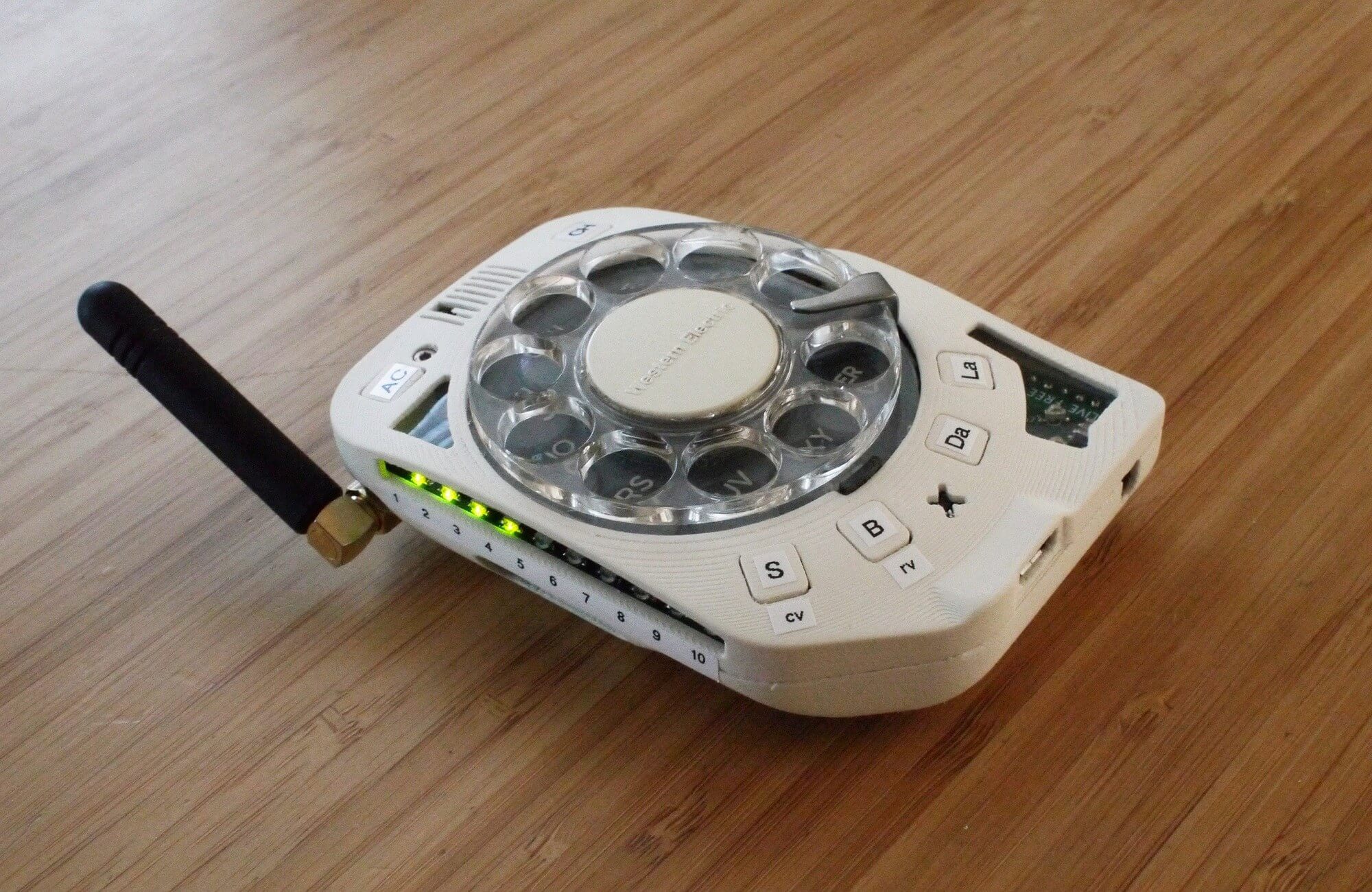WTF?! Not everyone is a lover of modern smartphones, longing instead for the days when phones came with rotary dials. A space engineer who hates today's gadgets has taken a stand against texting by building a handset that combines old with new.
Justine Haupt, an astronomy instrumentation engineer at Brookhaven National Laboratory in New York, has spent three years creating a working cell phone that uses a rotary dial. She was inspired to create the device because of her dislike of smartphones and texting.
"I work in technology but I don't like the culture around smartphones," she said. "I don't like the hyper-connected thing. I don't like the idea of being at someone's beck and call every moment, and I don't need to have that level of access to the internet. Whenever I want to look something up, I'm more than happy to do so when I am at my computer. I've never texted, and building this phone was in part so that I would have a good excuse for not texting. Now I can hold up this phone and say, 'No, I can't text.'"
Haupt started by securing a rotary dial from an old Trimline telephone, making sure it was small enough to fit on a pocket-sized phone. She then bought a cell phone radio development board from hardware company Adafruit to create a proof-of-concept.

The next step was to slim everything down and encase it in a 3D-printed case that included quick-dial buttons for calling her husband, David Van Popering, and her mother, Lorraine.
"If I want to call my husband, I can call him by pushing a single button," says Haupt. "I can call people more quickly on this phone than on my old phone. In rare cases when I want to call a new number, I do use the rotary dial and it is a fun, tactile experience."
The phone works with an AT&T prepaid SIM card, but that's not its only piece of modern technology. Haupt added an e-paper display so she can see messages and missed calls.

"It's actual e-paper, the same material that you find on Kindles. Those kinds of displays are cool and are under-utilised in technology."
Measuring 4 inches in height, 3 inches wide, and 1 inch thick, the phone's battery will last between 24 and 30 hours. It's proved so popular that Haupt is selling a $170 kit for people to build one themselves, though they'll have to source their own rotary dial. The creator did add that she's looking at making a more inclusive kit that will come with all the parts.
This won't be the first 'mobile' phone with a rotary dial. Some of the earliest models, such as the Canyon MK900 IMTS (below) and those in vehicles, used the dials. We've come a long way.


